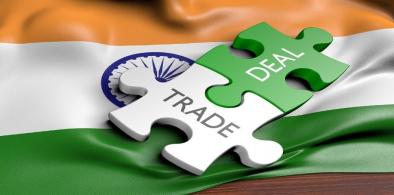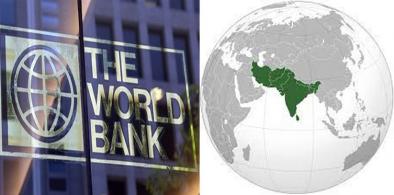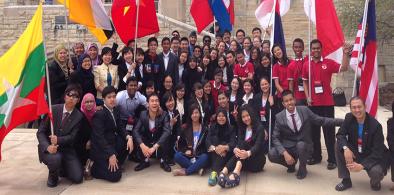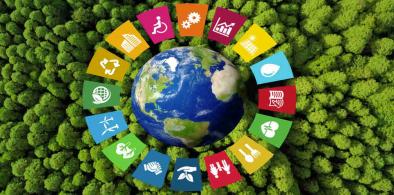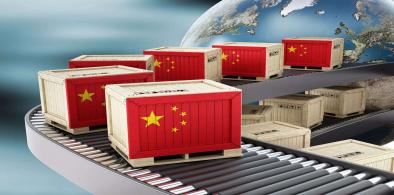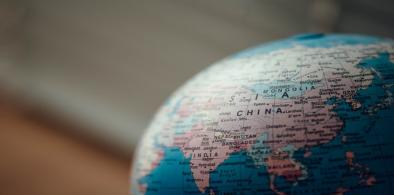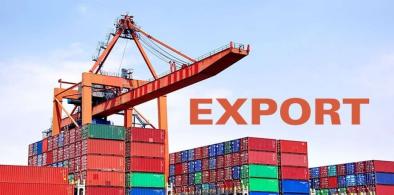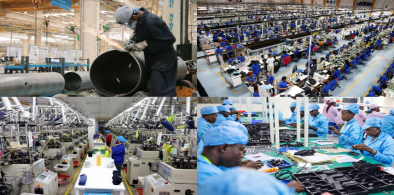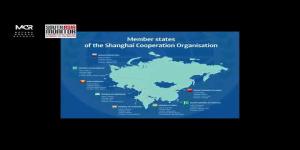According to information available from the Embassy of India, Beijing more than 100 Chinese companies have established offices/operations in India. Many large Chinese state-owned companies in the field of machinery and infrastructure construction have won projects in India and have opened project offices in India.
Breadcrumb
- Home
- Contributors
- Contributors
- Partha Pratim Mitra

Partha Pratim Mitra
About Partha Pratim Mitra
The writer is a retired special secretary in India's labour ministry.
Can India emerge as an alternate supply chain to global industries?
- Mar 25, 2024
Essentially the world is looking for alternate supply chains which began with the onset of the COVID-19 pandemic and continues even today with growing trade tensions between the two camps.
South Asia: Differential growth rates calls for enhanced intra-regional cooperation
- Mar 13, 2024
One of the impacts of the pandemic in South Asia has been on education. Yet, at least 11 million primary-age and almost 21 million lower secondary-age children in South Asia are not even in school, according to a recent UIS estimate.
Demography and skills: What South Asia has to offer to the EU
- Mar 06, 2024
The EU therefore will need to depend on other regions to bridge the manpower gap and South Asia could be an important source, but global partnerships in skilling will need to happen in a big way.
What South Asia can learn from the ASEAN integration experience on labour mobility
- Dec 28, 2023
The South Asian region has much to learn from the ASEAN experience in integrating investment, trade and movement of labour which includes a skilled workforce
Sustainable Development: South Asia in the Asian perspective
- Oct 27, 2023
In conclusion, it may be said that while South Asia, Central and West Asia and Pacific Asia showed improvement in sustainability indicators for environment and energy in 2020, they did not do so well in social and governance indicators.
South Asia in the Asian perspective: external and internal macro-economic imbalances and the rise of China (Part II of a two-part analysis)
- Jul 28, 2023
There has been discussion of alternate supply chains being created in India, Indonesia and Vietnam but supply chain issues originating from China are not going to go away in a hurry.
South Asia in the Asian perspective: Macroeconomic policies and the triple crisis (Part I of a two-part analysis)
- Jul 26, 2023
South Asia has no strong trade ties within the region, unlike many parts of Asia, and more particularly the developed parts of Asia, namely Southeast Asia and East Asia. South Asia, therefore, has to formulate its own macroeconomic policies to sustain growth keeping in mind global economic trends.
COVID-19 and South Asian exports in Asian perspective: Maldives most integrated country, Pakistan least
- Mar 06, 2023
The data for South Asia shows that Maldives is the most globally integrated country in the region followed by Nepal, India, Sri Lanka, Bhutan, Bangladesh and Pakistan in terms of the average percentage of exports that formed part of the global value chain during the period 2019-2021.
Sectoral economic transition in South Asia: Emerging trends and opportunities
- Jan 12, 2023
Between 2008 and 2021, the sectoral economic transition witnessed in most countries in South Asia - and in other parts of Asia - has reduced the sectoral share of GDP in agriculture and also the employment burden on agriculture in most countries. This trend, however, changed in the wake of Covid -19 when the share of agriculture in GDP in…
Pagination





